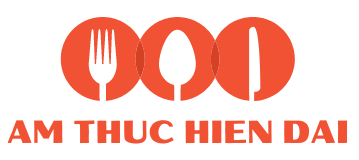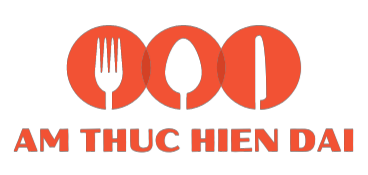At amthuchiendai.vn, we not only drink wine and beer, but we also enjoy coffee, which happens to benefit our health.
We are not alone in appreciating this drink.
Every day, 2.6 billion cups of coffee are consumed around the world, making it, along with tea, one of the most consumed beverages globally. Vietnam is no exception, and its coffee culture has many unique aspects.
We recently began a journey to better understand this drink and its culture in the country. We believe that the more you know about something, the more you can appreciate it.
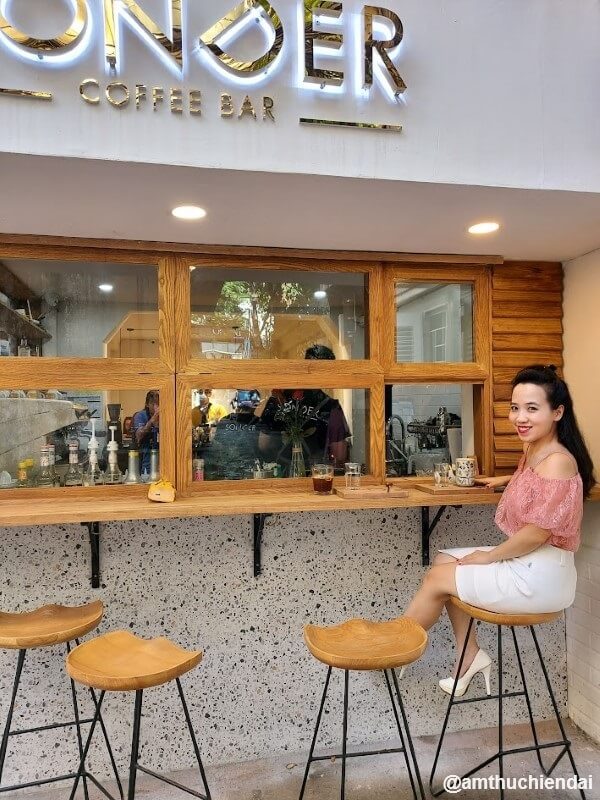
Below 6 facts about coffee and Vietnam we recently learned :
1. Vietnamese consume 2 kg of coffee per person annually, far less than the world’s biggest consumer, Finland.
Walking the streets of Vietnam, you may get the impression that Vietnamese are significant coffee drinkers. This is true – coffee is an integral part of Vietnamese culture.
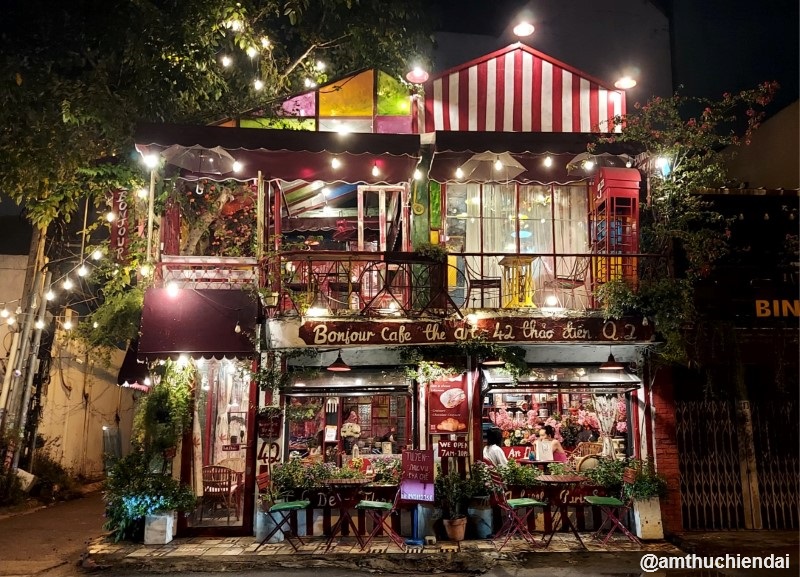
However, in terms of sheer quantity consumed, Vietnam lags far behind most European nations, specifically Nordic countries, such as Finland. The country leads global coffee consumption with 12 kg per capita yearly.
Here are the top 5 highest consumption nations according to data from the National Coffee Association :
| Country | Consumption Per Capita |
| 1. Finland | 12kg |
| 2. Norway | 9.9kg |
| 3. Iceland | 9.0kg |
| 4. Denmark | 8.7kg |
| 5. Netherlands | 8.4kg |
Vietnam’s per capita consumption stands at only 2kg per person annually, which significantly lags not just European nations but other major coffee-producing countries.
Brazil, for example, consumes 5.8 kg per inhabitant yearly.
This sizable gap versus global averages prompts experts to forecast strong local consumption growth of 5-10% annually for Vietnam in the coming years.
2. Vietnam is the second largest coffee producer globally
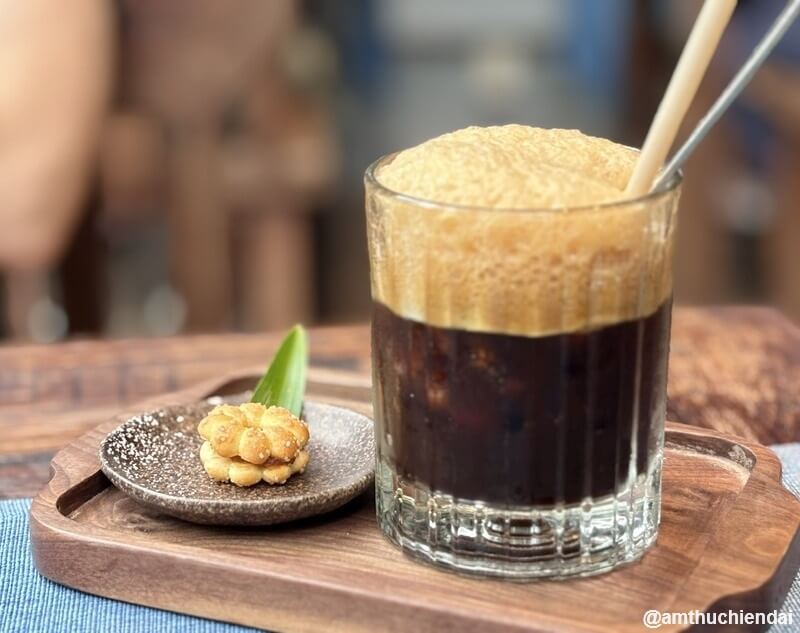
Although Vietnam may not rank among the world’s top coffee consumers, it stands as one of the largest producers, second only to Brazil.
This prominent position was achieved following a significant surge after Đổi Mới, the start of Vietnam’s economic liberalization. This shift, marking a departure from years of a planned economy, provided the necessary incentives for farmers to boost their coffee production.
| Rank | Country | 60 kilogram bags | Metric tons |
| 1 | Brazil | 44,200,000 | 2,652,000 |
| 2 | Vietnam | 27,500,000 | 1,650,000 |
| 3 | Colombia | 13,500,000 | 810,000 |
| 4 | Indonesia | 11,000,000 | 660,000 |
| 5 | Honduras | 9,600,000 | 580,000 |
It’s important to note that this boom in Vietnam’s coffee production was not without its challenges.
- In the early stages, local producers grappled with the volatility of international market prices. This instability was so severe that nearly half of the 127 local coffee export companies stopped trading operations in 2013-2014 due to bad debts.
- Additionally, the rapid expansion of intensive coffee farming brought significant environmental costs, including deforestation and soil pollution.
- The industry’s growth also intensified conflicts with ethnic minorities in the central highlands, as the land’s value surged.
Today, Vietnamese coffee producers are increasingly pushed by the authorities to focus on quality and sustainability.
3. Arabica coffee dominates globally, but this isn’t the case in Vietnam
An important aspect of Vietnamese coffee production is its focus on Robusta, which constitutes over 95% of its output. This contrasts sharply with the worldwide popularity of Arabica.
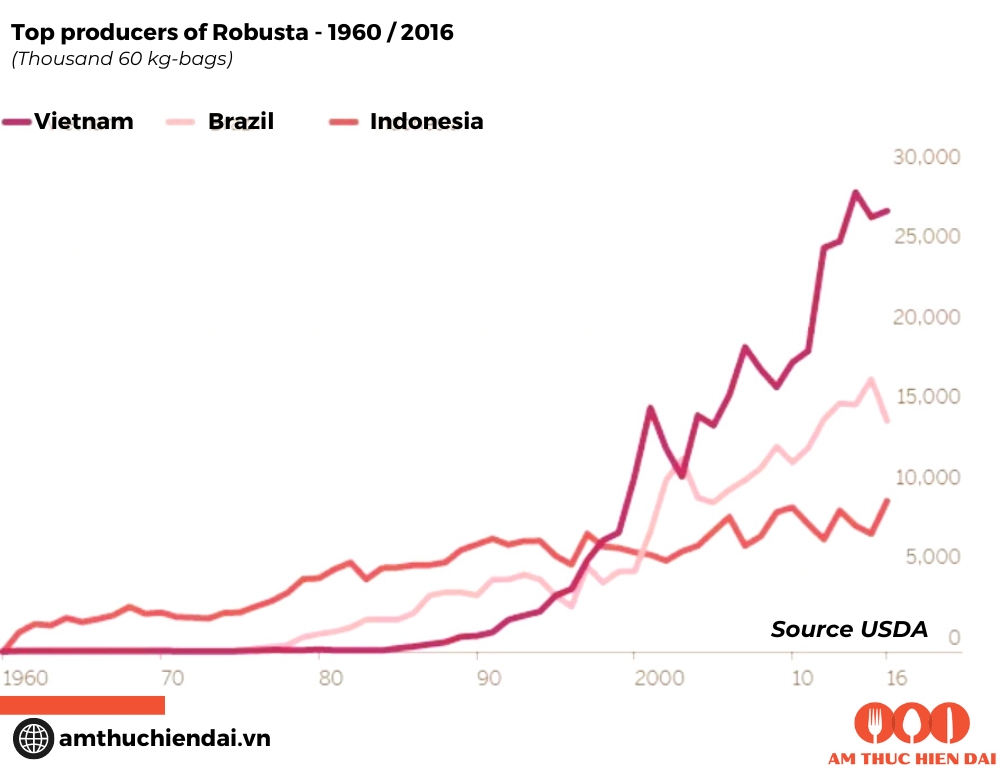
For those unfamiliar with the differences between Arabica and Robusta:
- Arabica requires higher altitudes (around 800 meters) for cultivation and is known for its milder, more balanced flavor. It commands higher prices on the international market.
- Robusta, in contrast, is easier to cultivate, less expensive, and yields a full-bodied coffee with a distinctive earthy taste, though it tends to be more bitter. It also contains up to twice the caffeine content of Arabica. In exports, Robusta is often used in instant coffee or in blends (a common mix for espresso brands is 80% Arabica and 20% Robusta).
Vietnam, as the world’s leading Robusta producer, is being encouraged by experts to diversify and integrate its production more, in response to shifting market demands.
The USA, one of Vietnam’s main export destinations, is increasingly importing processed coffee and Arabica beans.
This shift has impacted Vietnam’s coffee exports: Robusta bean exports to the US fell from 130,200 tonnes in 2018 to 90,500 tonnes in 2023, a decline of 27 percent.
4. Fake Coffee in Vietnam is more widespread than you might think
This issue significantly impacts the reputation of Vietnamese coffee. Often, this ‘fake coffee’ is made from overly-roasted soybeans and corn, artificially flavored and colored with various chemicals.
It’s challenging for us to determine the full extent of this problem, but arrests made by authorities in connection with this issue are frequently reported in the news.
The most concerning statistic we found in our research was from a 2016 survey conducted by the Vietnam Standard and Consumers Association (Vinastas). This survey revealed that approximately 30% of coffee beverages (from a total of 253 samples tested) in four regions of the country contained only a negligible amount of caffeine.
Given that these coffees were not sold as decaffeinated, which is uncommon and expensive in Vietnam, it strongly suggests that these drinks were partially or entirely composed of counterfeit coffee.
5. Coffee was introduced in Vietnam at the end of the XIX century by the French
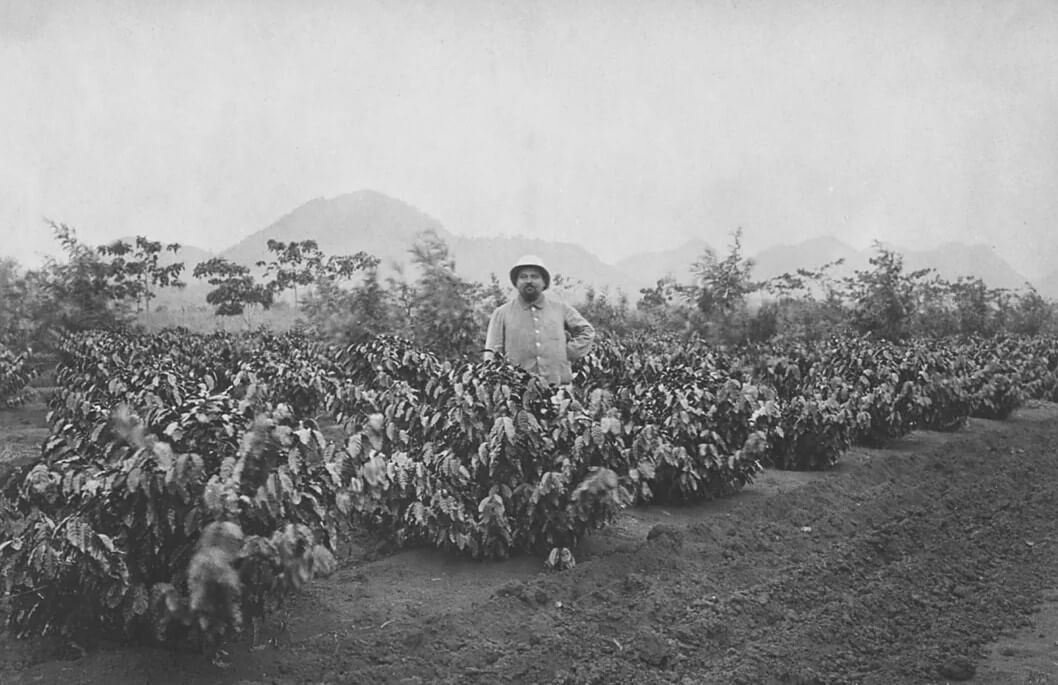
Compared to tea, coffee’s history in Vietnam, and Asia as a whole, is relatively brief.
The discovery of coffee is traced back to Ethiopian shepherds in the 9th century. Initially, the coffee trade was tightly controlled by the Arabs. However, in 1616, Dutch merchants managed to smuggle coffee plants out, leading to its cultivation in Indonesia – marking the first coffee cultivation in Asia.
As for Vietnam, it is believed that French missionaries first brought the coffee plant to the country in 1857.
The first significant coffee plantations were established in 1888 in the Ninh Bình and Quảng Bình provinces. Notably, these early plantations primarily cultivated the Arabica variety of coffee.
6. The Iconic Cà phê trứng was invented by a Sofitel Metropole Barista in the 1940s
Vietnam boasts various methods of preparing and serving coffee, with the most iconic being Ca Phe Trung, a Hanoi specialty made with egg yolks.
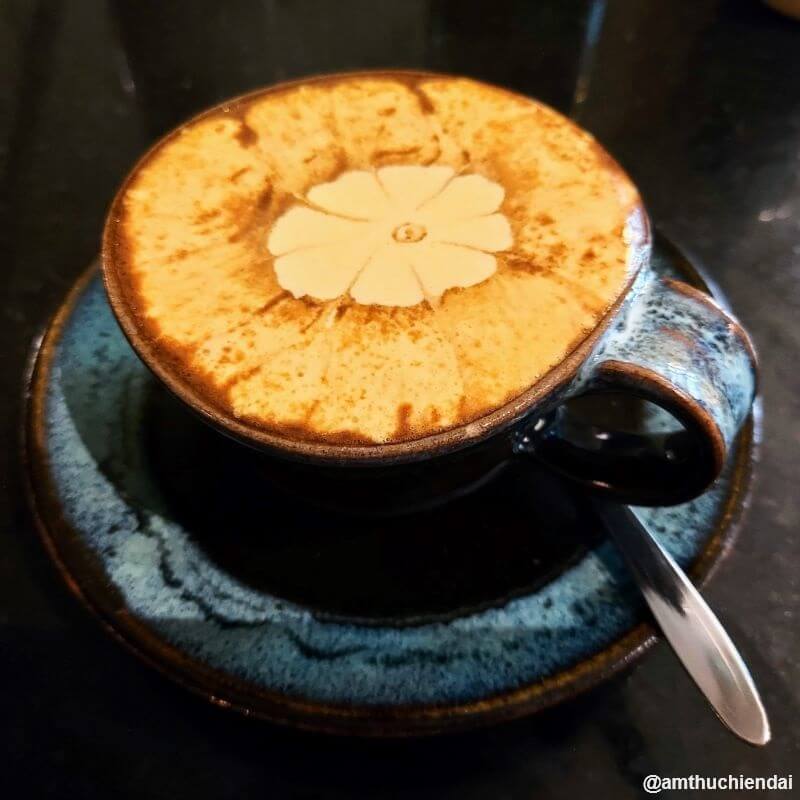
This unique drink traces its origins to Mr. Nguyen Van Giang, a former barista at the renowned French Sofitel Legend Metropole Hotel in the 1940s. Inspired by Western creamy drinks like cappuccinos and lattes, he aimed to create a Vietnamese variant at a more affordable price, making it accessible to people from all social classes.
During a time when dairy products were scarce and costly, Mr. Giang innovated by using whipped egg yolks to mimic the creamy texture of milk.
He later embarked on his own venture, founding Cafe Giang, an establishment that continues to serve this iconic beverage today.
